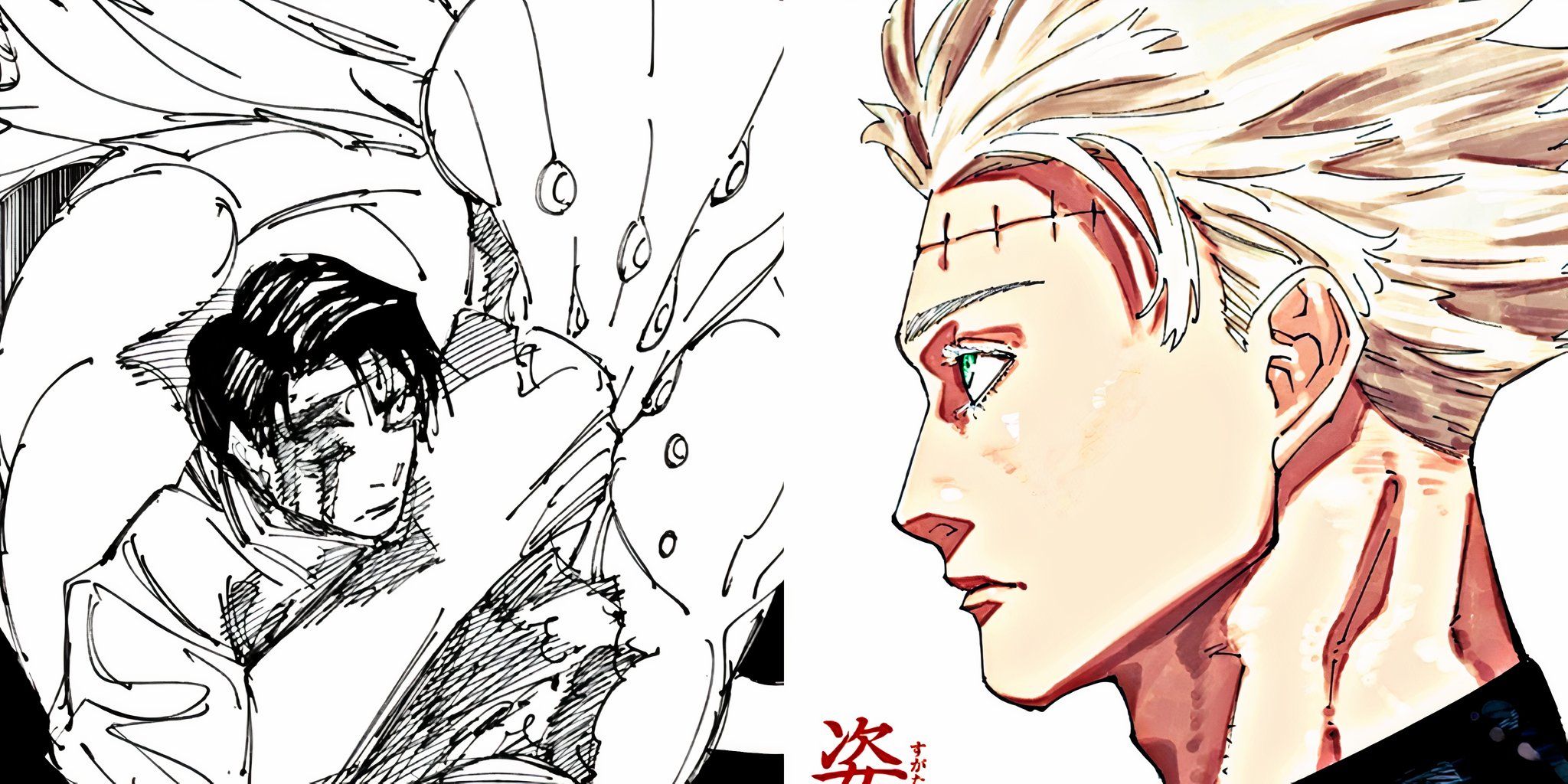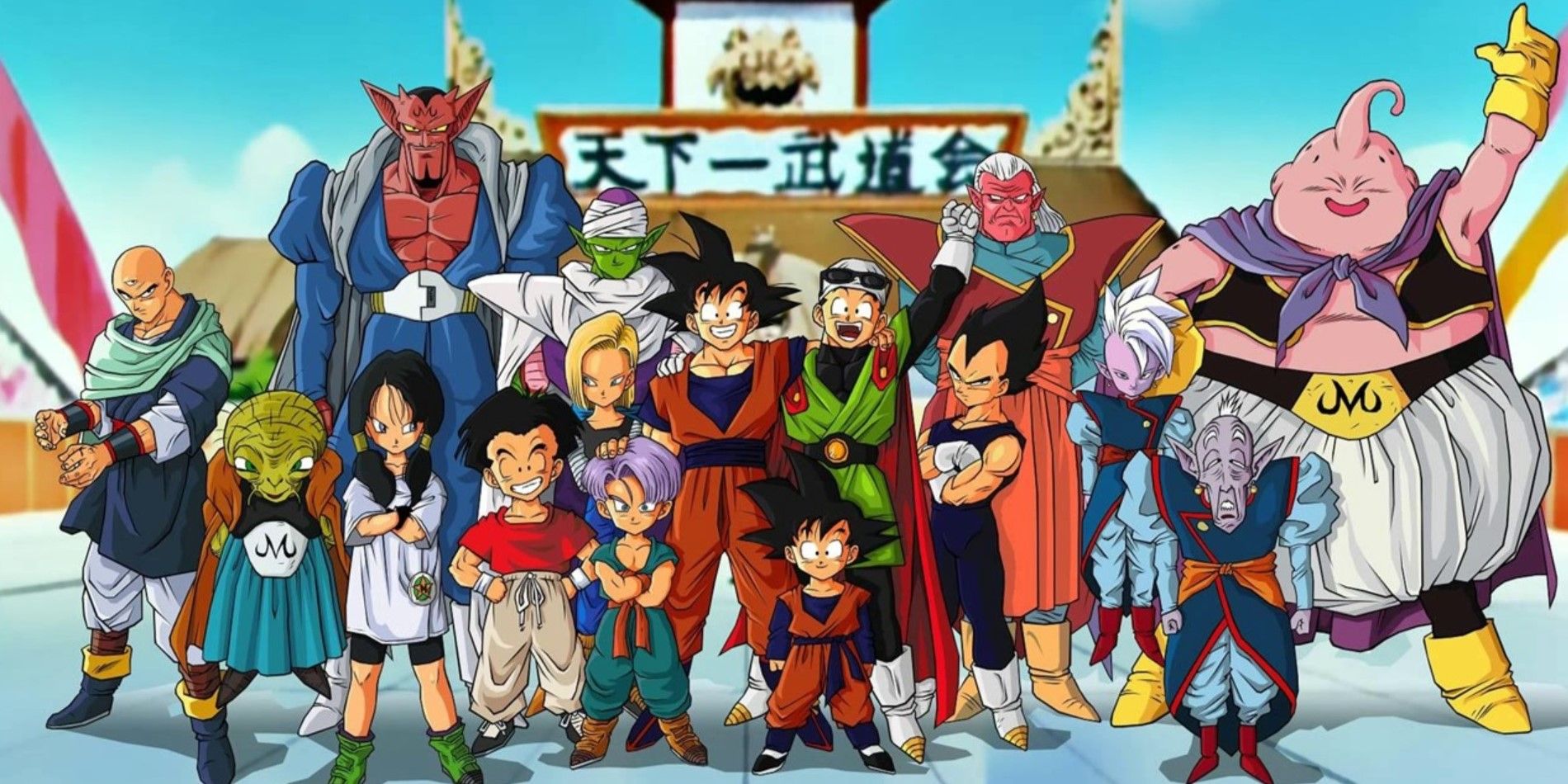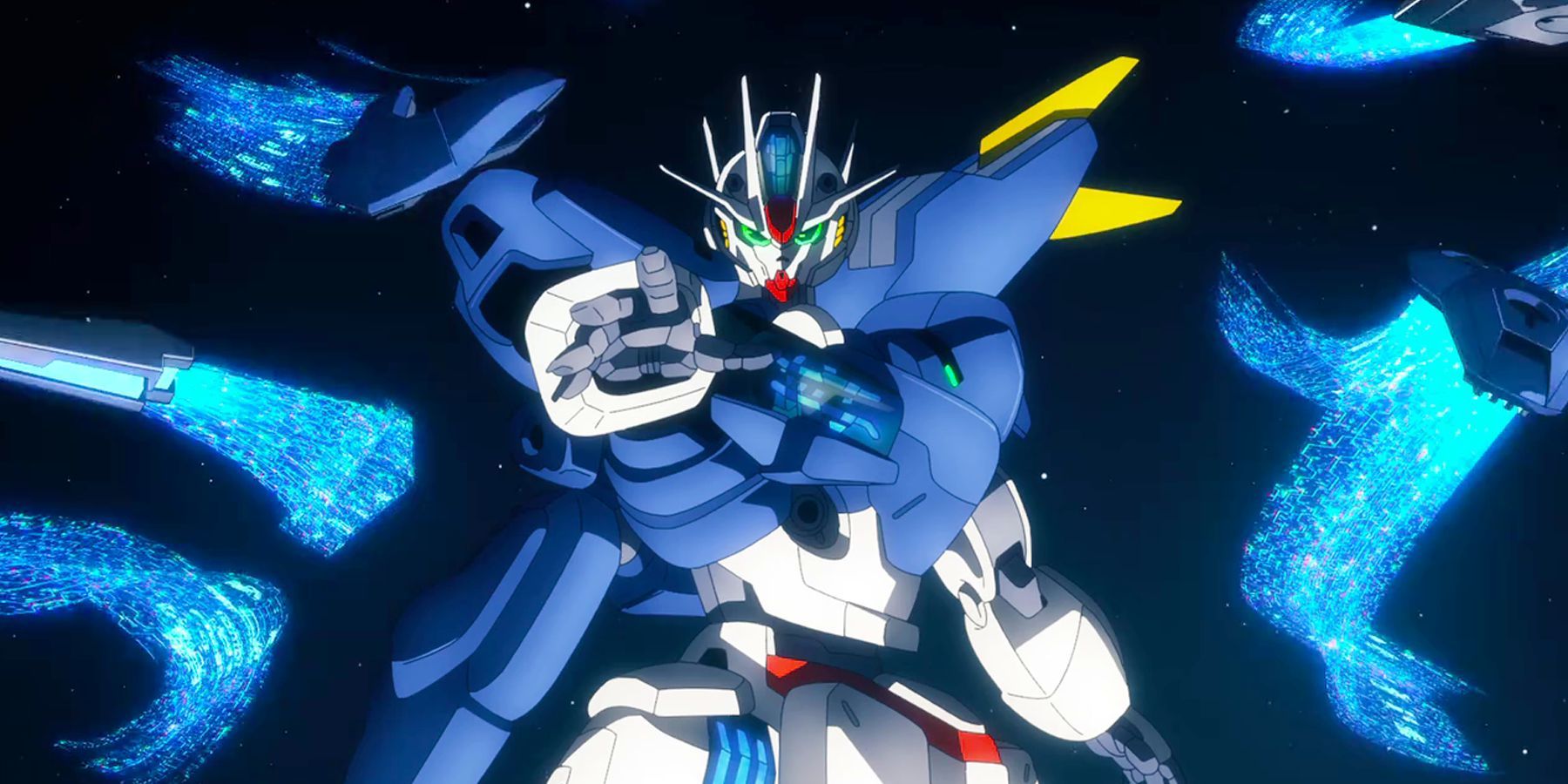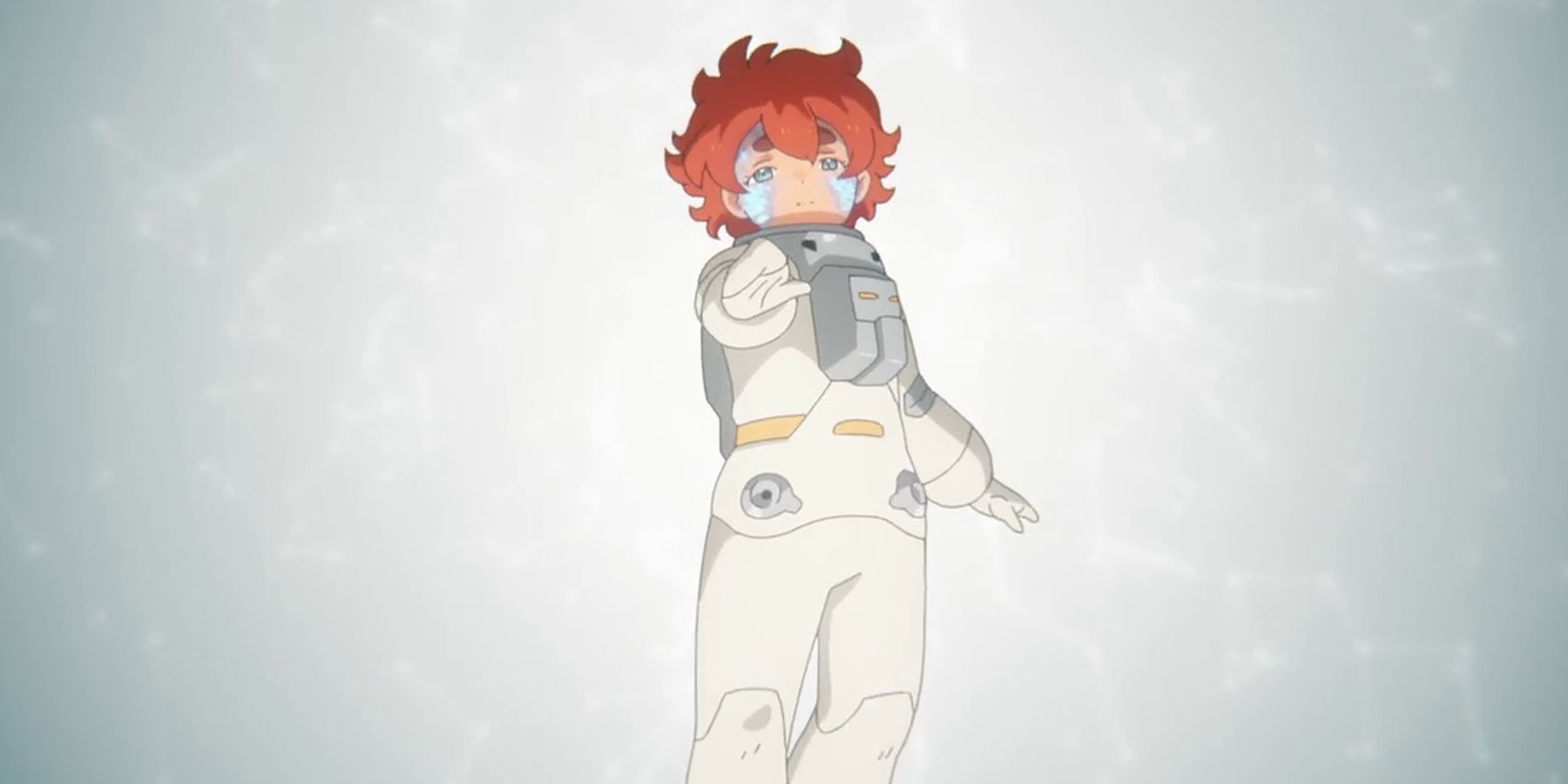Back in season 1, everybody praises Gundam: The Witch From Mercury, a new major Gundam series in years, for its willingness to try something new. After all, this is the first major Gundam series that extensively features an aspect of school life into the story. After a while, however, long time fans of the franchise begin to criticize this new Gundam series for losing the thrill, the complexity, and the grittiness that makes the franchise so iconic in the first place. Most fans thought that Gundam: The Witch from Mercury is too bright for a major Gundam series.
Episode 14 proves that we couldn’t be more wrong. As it turns out, Gundam: The Witch from Mercury is easily one of the darkest Gundam series ever created. Up till now, most fans agree that that title belongs to Gundam: Iron-Blooded Orphan. After all, you couldn’t get darker than a story about a bunch of former child laborers who went to war and died, could you? Well, as it turns out, it can get even darker than that. As a matter of fact, Gundam: The Witch from Mercury takes the darkest part of Gundam: Iron-Blooded Orphan story and makes it the central plot of the entire series.
The Human Machine Connection
In Gundam: Iron-Blooded Orphan, the Gundam requires its pilot to connect their brain directly into the system. This brutal method enabled the Gundams to engage in super fluid and dynamic movements, at the expense of its pilot’s health and consciousness. Because the longer the pilot connects their brain to the Gundam, the more likely it is for them to suffer brain damage. So in order to go around this grim limitation, one particular pilot comes up with a super nefarious work around. You see, rather than his brain, he connects the brain of his dead comrade instead. So in a sense, although he is the one that controls the movements of the machine, it is his comrade’s brain that takes the toll.
That’s a pretty grim idea, right? Well, according to episode 14 of Gundam: The Witch from Mercury, that is pretty much what has been going on with Suletta Mercury and her Gundam Aerial. You see, similar to the Gundams from Gundam: Iron-Blooded Orphan, the Gundams in Gundam: The Witch From Mercury also require its pilot to connect their brain directly into the system if they wish to gain a greater control over their machine. This system is also known as the Permet Score.
Naturally, the higher the level that they wish to control, the bigger the burden will be to their brain. Normal humans would usually start to feel the negative effects at around Permet Score 2. Certain kinds of enhanced humans may be able to access Permet Score 4, but only for a brief period of time. If they stay at this level longer than they should, or if they try to push even harder, then they will suffer terrible brain damage, and die.
Interestingly enough, despite supposedly being the most advanced Gundam ever made, Gundam Aerial never seems to affect Sulletta’s brain in any negative way. On the contrary, Suletta can freely control Aerial and fully access its full advanced capabilities without having to raise her Permet Score. That is an odd situation that has been questioned not only by the viewers, but also by the characters in the series. As it turns out, the truth about this strange situation is basically the same as the aforementioned grim dual-brain configuration that happened in Gundam: Iron Blooded Orphan that we talked about earlier. Yes, there’s a human brain embedded deep within the system of Gundam Aerial.
A Tale of Two Sisters
One of the biggest questions raised in the first season of Gundam: The Witch From Mercury is about Prospera’s daughter. In the prologue episode, we know that Prospera, also known as Elnora Samaya, has a 4-year-old daughter called Ericht Samaya. We all initially thought that Ericht Samaya changed her name to Suletta Mercury, just like her mother. But in the first season, we found out that the story actually takes place about 21 years after the event of the Prologue episode. That doesn’t make sense, does it? How come Ericht Samaya, who was already 4-years-old in the prologue, is the same person as the 17-years-old Suletta Mercury in the main story? Ericht should’ve been 25-years-old in the story, right?
Well, we finally found out the truth about this conundrum in episode 14. In this episode, Prospera openly admits that she has two daughters, Ericht and Suletta. And while Suletta is the one who sits in Aerial’s cockpit, it is actually Ericht’s brain that is embedded deep within Aerial’s system, particularly as the one who controls the Gund-Bits. That is why Aerial’s Gund-Bits have such a complex range of motions that is ordinarily impossible to control by one single pilot. That is also why Suletta is not affected by the increasing Permet Score that should’ve burdened her brain even though she accesses the deepest and most complex capabilities of Gundam Aerial. It is her sister Erich that takes the toll for her.
The idea of a mother using her own eldest daughter as a way to improve her mechanical design, possibly killing her in the process, is not only grim, but it is also a depressingly painful thing to think about. On top of that, she let her youngest daughter control said machine without telling her that it is actually a part of her sister that is continuously sustaining the damage. That is beyond madness. That is an utterly vile, evil, and inhumane thing to do.
That being said, we know from the Prologue episode that Elnora Samaya loves her daughter Ericht very much. So there must be some reasons as to why she decided to put Ericht into Aerial. Maybe Erich suffers some kind of life-threatening illness after the Prologue, and the only way to preserve her consciousness is by uniting her with Aerial. Whatever the reason might be, we’ll soon find out about it in the subsequent episodes. But at least for now, we finally discover the dark truth about Gundam Aerial.






